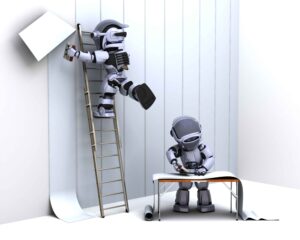What is a Recession Explained for Beginners?

The term “recession” is often mentioned in the news, but its meaning can be unclear for many. Simply put, a recession is a significant and prolonged economic downturn. While there is no single, universal definition, a common rule of thumb is two consecutive quarters of negative growth in a country’s Gross Domestic Product (GDP). However, it’s more complex than that. Economic experts typically look at a broader range of economic indicators, including a significant decline in real income, a widespread drop in retail sales, and, most notably, a rise in unemployment.
A recession is a natural part of the business cycle, which moves from expansion to peak, then to recession, and finally to a trough before a new expansion begins. Recessions can be caused by various factors, from a sudden shock to the economy (like a pandemic or a sharp rise in oil prices) to the bursting of an asset bubble (like the housing bubble in 2008). When a recession hits, consumer spending and business investment typically slow down. This leads companies to cut costs, which often results in layoffs. As people lose their jobs, they have less money to spend, which further reduces demand and can create a negative feedback loop.
It’s important to understand that a recession is different from a depression. While a recession is a severe downturn, a depression is an even more severe and long-lasting contraction of the economy. Governments and central banks use a variety of tools, such as adjusting interest rates and implementing fiscal policies, to try to limit the risks and duration of a recession. Understanding the basics of what a recession is and what causes it is a crucial step in building your financial literacy and preparing for potential economic shifts.






